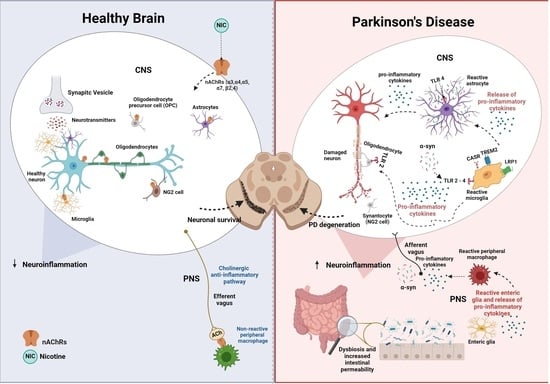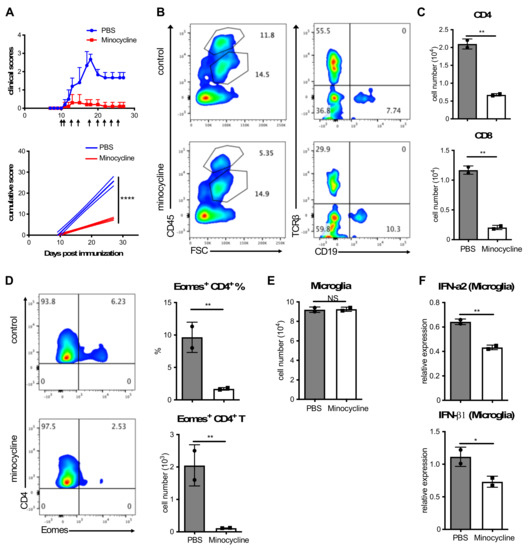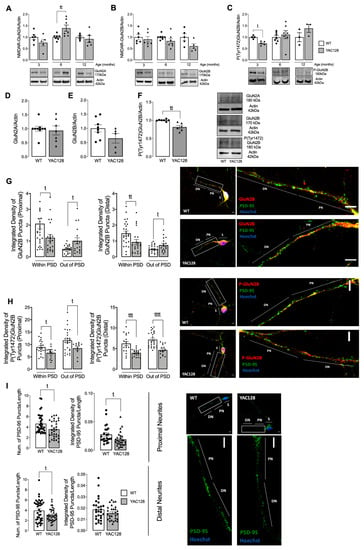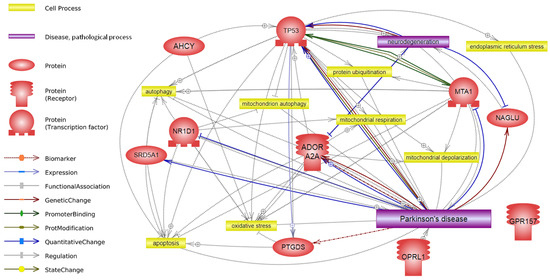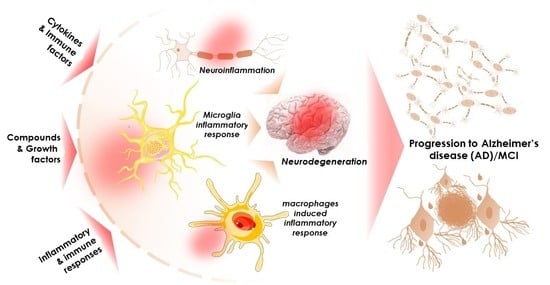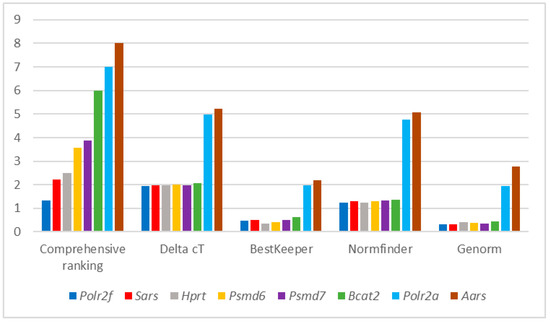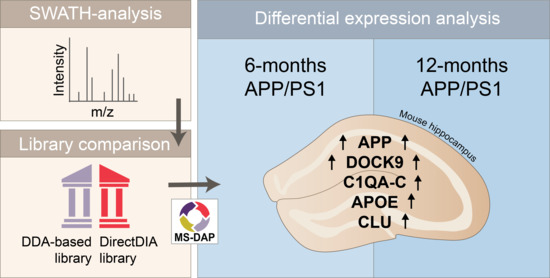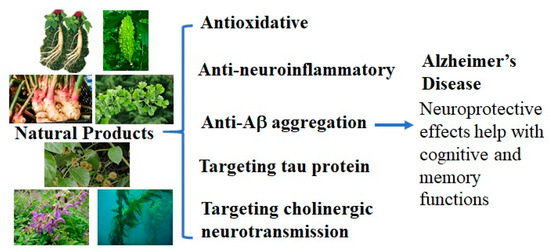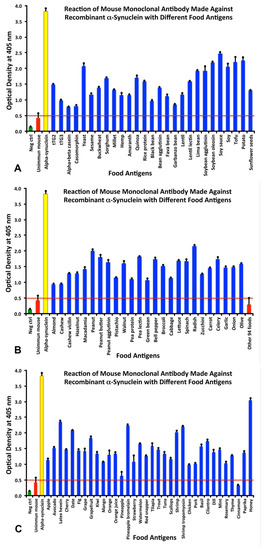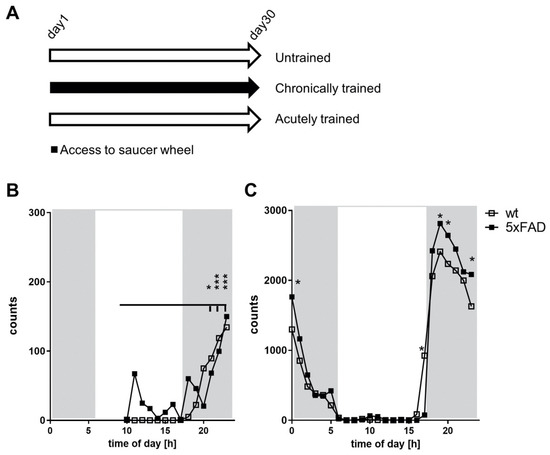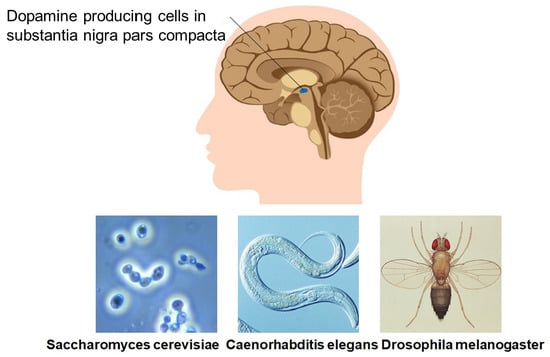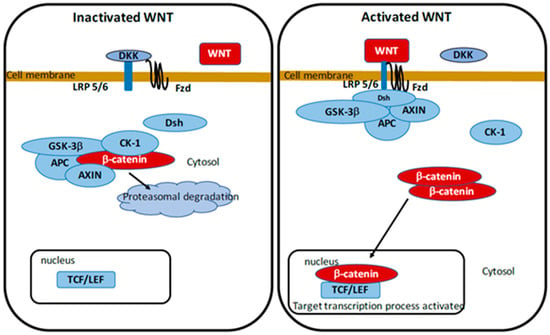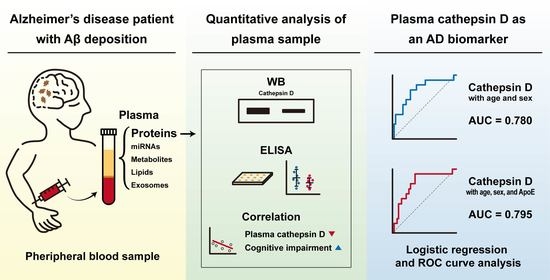Advances in Neurodegenerative Disease
A topical collection in Cells (ISSN 2073-4409). This collection belongs to the section "Cells of the Nervous System".
Submission Status: Closed (14 November 2025) | Viewed by 137426Editors
Interests: neurology; inherited disorders; genetics; DNA markers; mutations
Special Issues, Collections and Topics in MDPI journals
Interests: Parkinson’s disease; models; transcriptome study; RNA markers; neurology
Special Issues, Collections and Topics in MDPI journals
Topical Collection Information
Dear Colleagues,
I would like to devote this issue of the journal Cells to a variety of issues related to the study of human neurodegenerative diseases—from the study of the genetic and molecular mechanisms of their pathogenesis to new approaches to therapy. At the same time, attention should be given to the most common neurodegenerative diseases, Alzheimer’s disease and Parkinson’s disease. However, this does not mean that there will be no place for other diseases in this issue—for example, amyotrophic lateral sclerosis or spinocerebellar ataxia. It is only important that the articles of the Topical Collection be of interest to a wide range of scientists and clinicians, consider important aspects of the biology of neurodegenerative diseases, and make a significant contribution to their study. This Topical Collection of Cells should improve our understanding of neurodegenerative disease pathogenesis and possible approaches to early diagnostics and treatment.
Prof. Pyotr A. Slominsky
Dr. Maria Shadrina
Collection Editors
Manuscript Submission Information
Manuscripts should be submitted online at www.mdpi.com by registering and logging in to this website. Once you are registered, click here to go to the submission form. Manuscripts can be submitted until the deadline. All submissions that pass pre-check are peer-reviewed. Accepted papers will be published continuously in the journal (as soon as accepted) and will be listed together on the collection website. Research articles, review articles as well as short communications are invited. For planned papers, a title and short abstract (about 100 words) can be sent to the Editorial Office for announcement on this website.
Submitted manuscripts should not have been published previously, nor be under consideration for publication elsewhere (except conference proceedings papers). All manuscripts are thoroughly refereed through a single-blind peer-review process. A guide for authors and other relevant information for submission of manuscripts is available on the Instructions for Authors page. Cells is an international peer-reviewed open access semimonthly journal published by MDPI.
Please visit the Instructions for Authors page before submitting a manuscript. The Article Processing Charge (APC) for publication in this open access journal is 2700 CHF (Swiss Francs). Submitted papers should be well formatted and use good English. Authors may use MDPI's English editing service prior to publication or during author revisions.
Keywords
- Neurodegenerative disease
- Genetics
- Molecular mechanisms
- Early diagnostics
- Novel therapeutics









